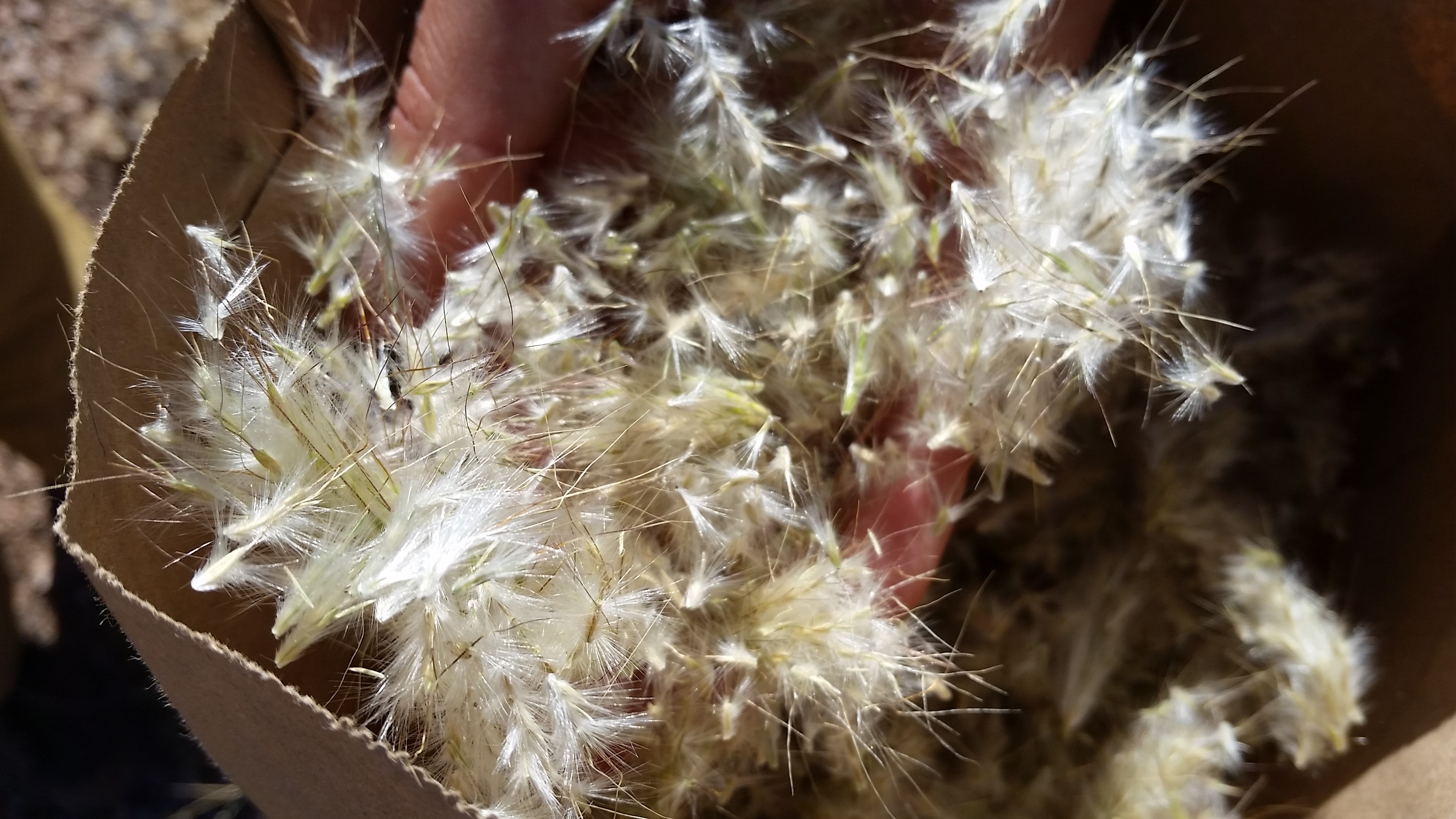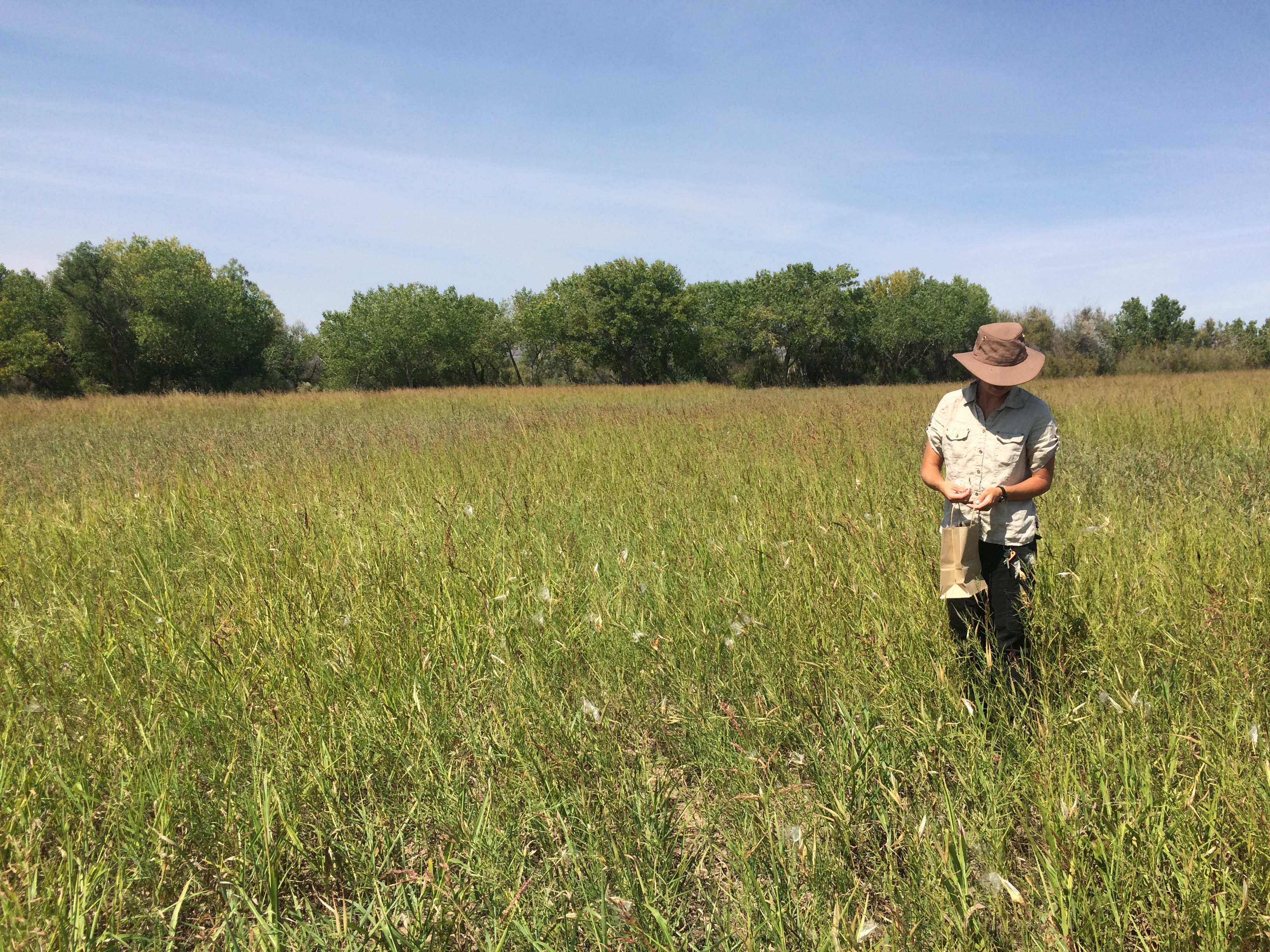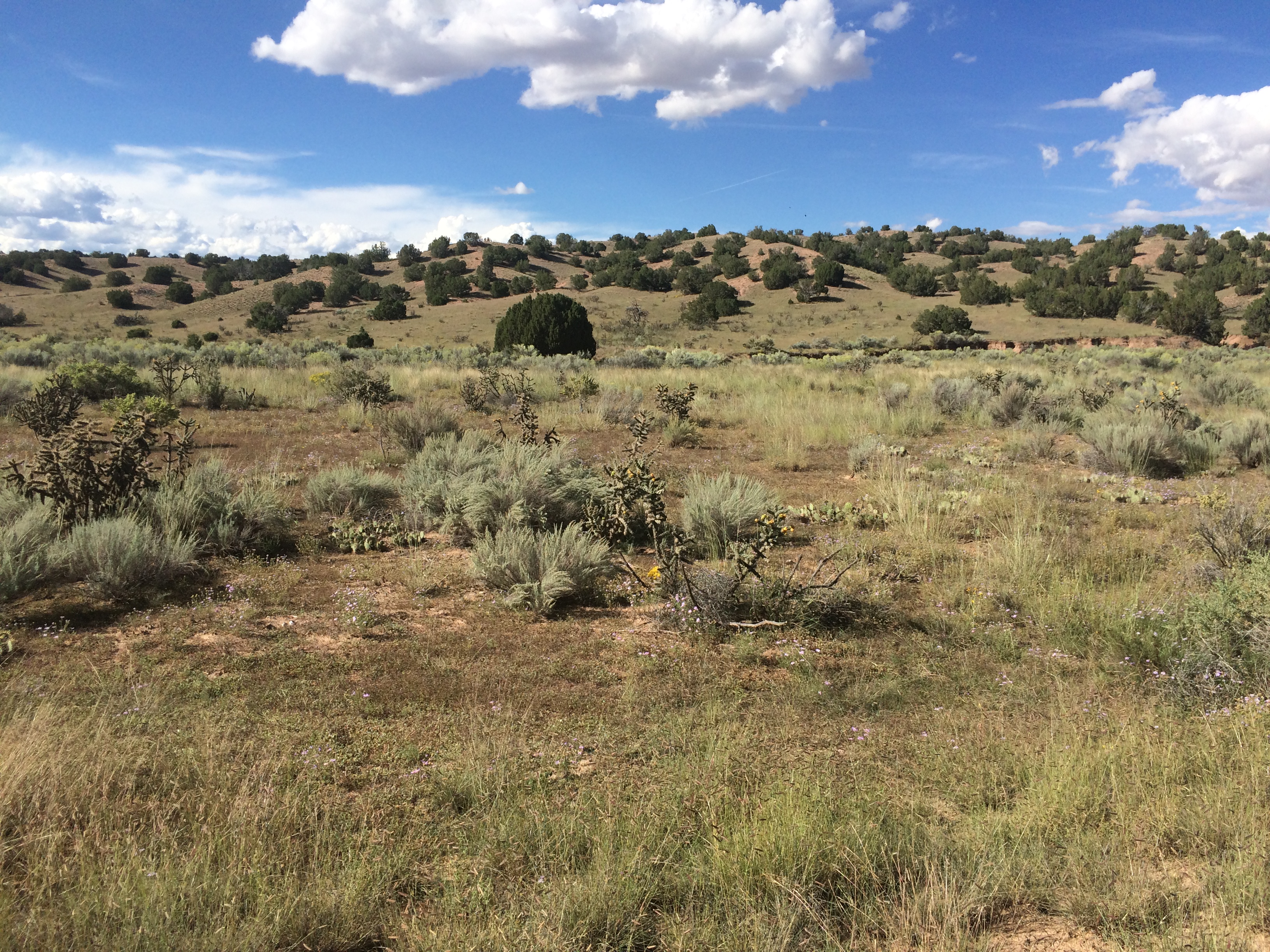
The Southwest Seed Partnership
Seed conservation is essential in the Southwest where issues like wildfire, overgrazing, mining, and energy development threaten plant populations. Demand for native seed is increasing, but few farmers in New Mexico are working to increase the supply and availability of this seed. With a reliable supply of ecologically appropriate seed, southwestern restoration could be more successful.
The Southwest Seed Partnership (SWSP) arose in October 2015 to establish a network for native, locally adapted seeds, while advocating for a new industry standard. Parallel to the National Seed Strategy, the vision of this collaborative effort is to assess and prioritize plant populations, to collect and track wild seed, and to collaborate and coordinate with farmers and conservationists in order to increase the commercial availability of genetically diverse, locally sourced seed for restoration, rehabilitation, and reclamation projects in the Southwest. By collecting seed from a wide variety of species, the SWSP is not only developing a framework for engaging people with native plants, but also preserving seed materials, and thus wild populations of native species.

In 2016, the first SWSP field season, our New Mexico team completed 233 seed collections from six of our eight ecoregions. These collections are represented by 21 families, 54 genera, and 79 unique species. These genetically diverse collections, in combination with hundreds of Southwest seed collections from the past ten years, will be utilized for native plant materials development projects. Looking ahead, the BLM is excited for our future field seasons and new connections in this unique collaborative program.

This BLM New Mexico partnership includes members from Institute for Applied Ecology, U.S. Forest Service Region 3, National Park Service, New Mexico Department of Transportation, U.S. Fish and Wildlife Service, Natural Resources Conservation Service, New Mexico Land Conservancy, Quivira Coalition, the Pueblo of Santa Ana, New Mexico Department of Energy, Minerals and Natural Resources, New Mexico Department of Game and Fish, Verde Valley Plant Materials Partnership (Arizona), Borderlands Restoration (Arizona), and Arizona and New Mexico Southwest seed producers.
